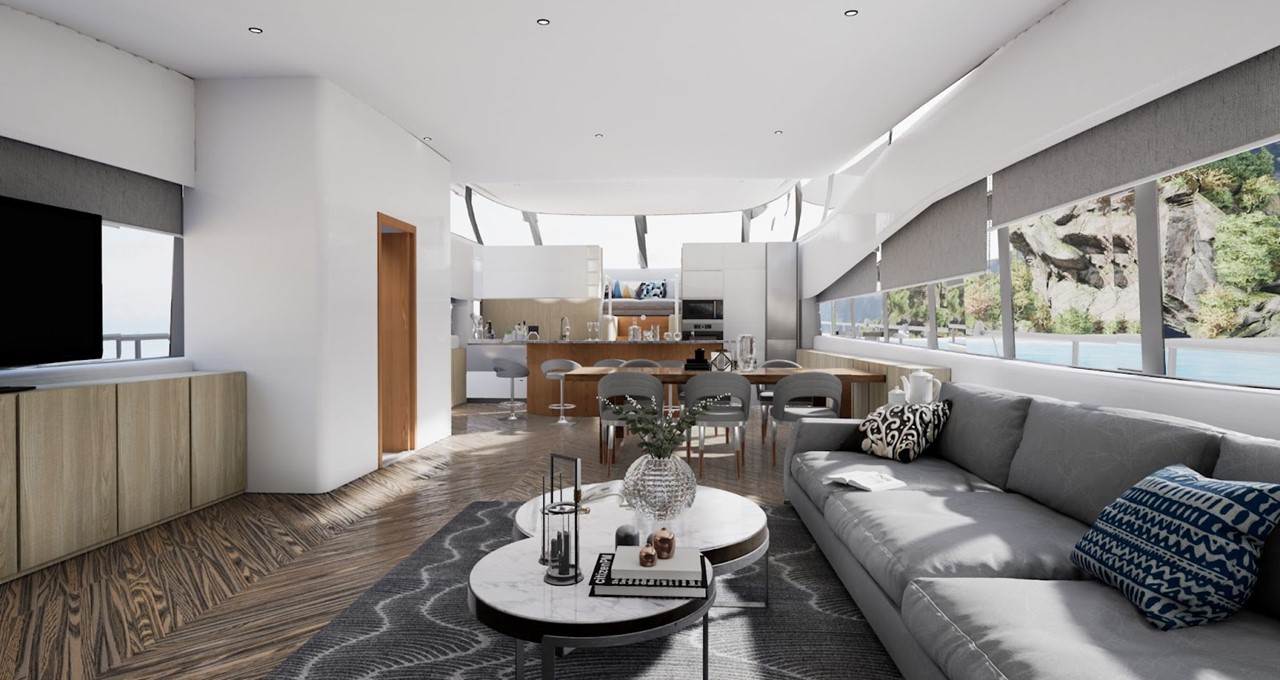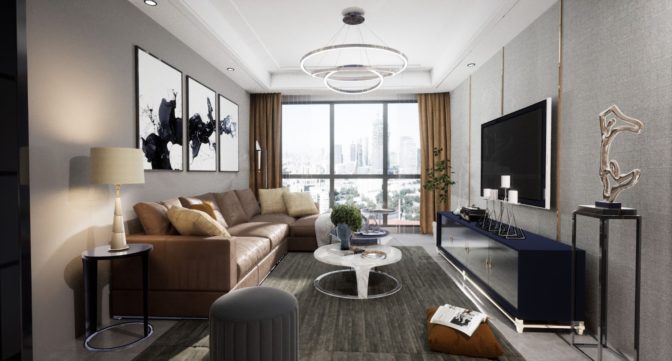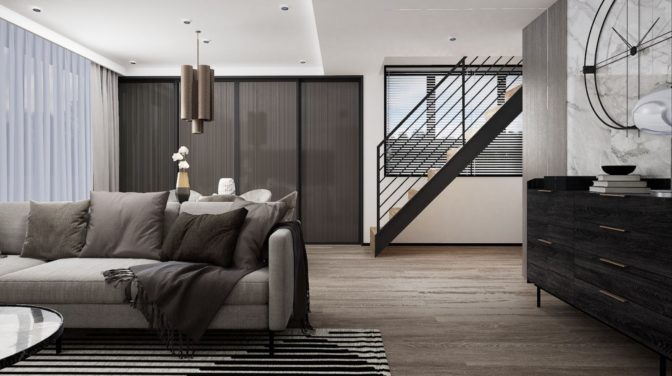Interior renovations have never looked this good.
TCImage, a studio based in Taipei, is showcasing compelling landscape and architecture designs by creating realistic 3D graphics and presenting them in virtual, augmented, and mixed reality — collectively known as extended reality, or XR.
For clients to get a better understanding of the designs, TCImage produces high-quality, 3D visualizations of the projects and puts them in a virtual environment. This lets users easily review and engage with the model in full scale, so they can get to the final design faster.
To keep up with client expectations and deliver quality content, the team at TCImage needs advanced tools and technologies that help them make design concepts feel like a reality.
With NVIDIA RTX technology, CloudXR, Deep Learning Super Sampling (DLSS) and NVIDIA Omniverse, TCImage is at the forefront of delivering stunning renders and XR experiences that allow clients to be virtually transported to the renovation of their dreams.
Bringing Design Details to Life With RTX
To make the realistic details stand out in a design, its CEO Leo Chou and his team must create all 3D visuals in high resolution. During the design process, the team uses popular applications like Autodesk 3ds Max, Autodesk Revit, Trimble SketchUp and Unreal Engine 4. Chou initially tried using a consumer-level PC to render 3D graphics, but it would take up to three hours just to render a single frame of a 4K image.
Now, with an enterprise-grade PC powered by an NVIDIA RTX 6000 graphics card, he can render the same 4K frame within 30 minutes. NVIDIA RTX provides Chou with enhanced efficiency and performance, which allow him to achieve real-time rendering of final images.
“I was thrilled by the performance of RTX technology — it’s more powerful, allowing me to establish a competitive edge in the industry by making real-time ray tracing come true,” said Chou.
Looking Around Unbound With CloudXR
To show off these dazzling 3D visuals to customers, TCImage uses CloudXR.
With this extended reality streaming technology, Chou and his team can share projects inside an immersive and seamless experience, allowing them to efficiently communicate project designs to customers. The team can also present their designs from any location, as they can stream the untethered XR experiences from the cloud.
Built on RTX technology, CloudXR enables TCImage to stream high-resolution, real-time graphics and provide a more interactive experience for clients. NVIDIA DLSS also improves the XR experience by rendering more frames per second, which is especially helpful during the design review process.
With NVIDIA DLSS, TCImage can tap into the power of AI to boost frame rates and create sharp images for the XR environment. This helps the designers and clients see a preview of the 3D model with minimal latency as the user moves and rotates inside the environment.
“By using NVIDIA CloudXR, I can freely and easily present my projects, artwork and portfolio to customers anytime, anywhere while maintaining the best quality of content,” said Chou. “I can even edit the content in real time, based on the customers’ requirements.”
According to Chou, TCImage clients who have experienced the improved workflow were impressed by how much time and cost savings the new technology has provided. It’s also created more business opportunities for the firm.
Designing Buildings in Virtual Worlds
TCImage has started to explore design workflows in the virtual world with NVIDIA Omniverse, a platform for 3D simulation and design collaboration. In addition to using real-time ray tracing and DLSS in Omniverse, Chou played around with optimizing his virtual scenes with the Omniverse Create and Omniverse View applications.
“Omniverse is flexible enough to integrate with major graphics software, as well as allow instantaneous content updates and changes without any extra effort by our team,” said Chou.
In Omniverse Create, Chou can enhance creative workflows by connecting to leading applications to produce architectural designs. He also uses existing materials in Omniverse, such as grass brush samples, to create exterior landscapes and vegetation.
And with Omniverse View, Chou uses lighting tools such as Sun Study, which allows him to review designs with accurate sunlight.
Learn more about TCImage and check out Chou’s recent tutorial in Omniverse:


